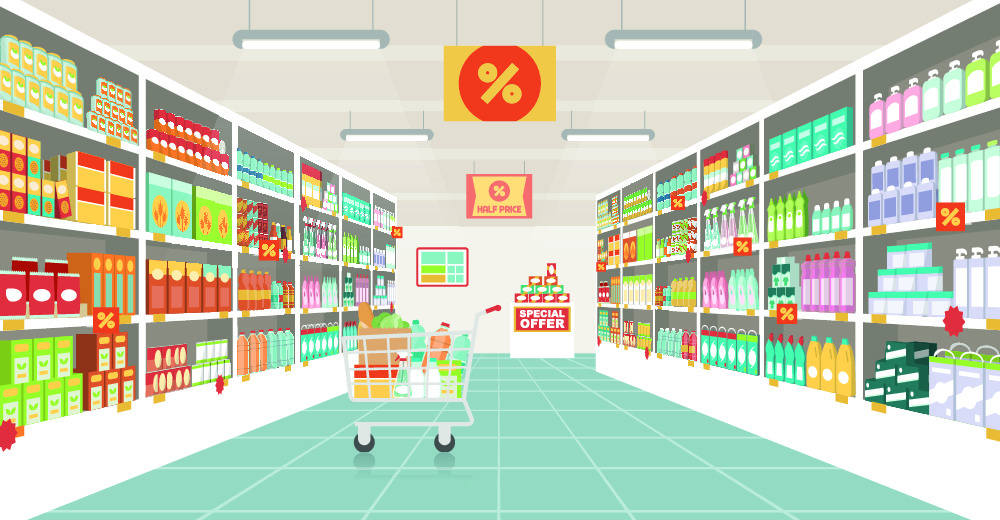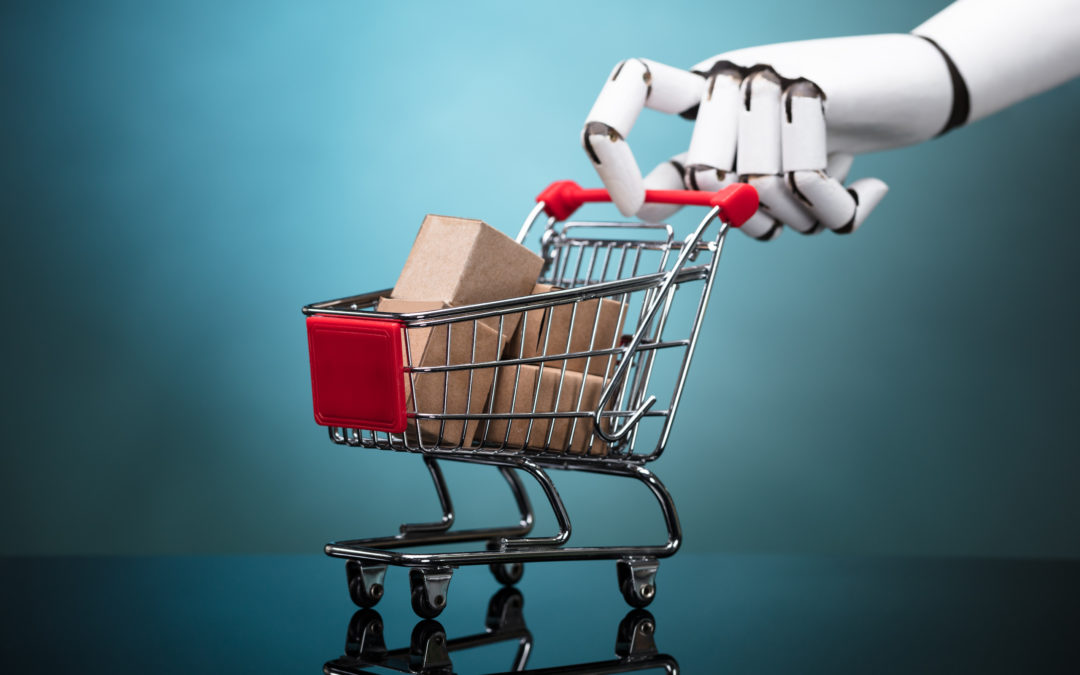- Design industry shaping loyalty programs
- Integrate easily and go live quicker
- Deliver hyper-personalized consumer experiences
Blue Rewards from Al Futtaim Group Shares Loyalty Success Stories and Evolution. Watch Podcast >
Capillary Announces 2nd Annual Captivate 2025 Summit: Transforming Loyalty Management with New AI Tech Read more >

What is propelling the increasing usage of online grocery shopping and the propagation of dark stores? It’s simply the sheer convenience it offers to the modern day working class. Surveys find that up to 72% of customers prefer to buy groceries online due to either convenience or time constraints.
Globally, the grocery delivery market is set to achieve an incredible revenue of US$786.80 billion by the end of 2024. Furthermore, this market is anticipated to grow at a compound annual growth rate (CAGR) of 26.8% from 2023 to 2030.
Grocery ecommerce businesses need to consider several things in gearing themselves up for this fast-paced growth in the online grocery market. One of the main factors is naturally the supply-chain — where to store produce and how to quickly deliver them to the consumer. While partnering with brick-and-mortar retailers is certainly one way to go about it, the newer supply chain formats like dark stores offer a much more advanced model of fulfilling electronic grocery orders.
Despite the slightly ominous name, dark stores are a great, positive concept forward. The reason behind the name is because shoppers never see the inside of a dark stores, it basically exists in the dark for them.
Dark stores were initiated in the UK and meant to serve a focused purpose – to offer click-and-collect fulfilment for online orders. As such, these stores do not exist in prime real-estate spots such as high streets or shopping malls. They are instead tucked away in relatively nondescript establishments strategically at locations with great road connectivity.
Inside, you have pickers scurrying to collect ordered items for online shoppers and send them off for delivery. Outside, you have vehicles shuttling in and out, picking one order after another for delivery to addresses in the earmarked pin codes.
If the store is highly mechanized, you may even see robots picking groceries and items, requiring, of course, higher inventory accuracy, but ensuring in return much greater efficiency.
Grocery has its own unique category level challenges, such as the need for a high number of SKUs and, of course, item perishability. Moreover, online grocery stores are much more dispensable, with the ‘good old’ street-side vendors and marts readily available and now also offering near-real-time doorstep delivery to their hyper-local customers.
All this means that the challenge in grocery eCommerce lies not in getting the online order alone, but in fulfilling the same and getting customers to keep coming back week after week, or day after day!
While everyone from heavily-funded startups to ecommerce mammoths like Amazon and Flipkart have taken a shot at hyperlocal commerce for grocery, none of them are yet to get it totally right. With brands like Spar and Reliance Smart investing in hypermarket ecommerce solutions and joining the fray, the segment has become even more competitive.
Here, dark stores come into the picture. Let’s see how they work especially well for groceries by addressing the following challenges:
Someone needs a 6-loaves pack of gluten-free bread, and someone else needs a multi-grain, full-size pack of chemical-free and preservative-free home-made bread. When it comes to grocery, there could be as many SKUs for practically the same item as the number of consumers, simply because when it comes to food, everyone likes to have it their way.
By focusing on storage and click-and-collect functionality, dark stores can optimize SKU management in many ways. One, they save real-estate costs by steering clear of high traffic zones in the towns. Two, they can cater to multiple online grocery stores at once, so real-estate costs get shared. Three, they also save space because they do not have to bother about the shopping experience and display or in-store advertising.
Thus, dark stores can accommodate much more variety per item at a much lesser space cost. What’s more, the scope for better SKU management increases fulfillment accuracy and reduces mix-ups, which are otherwise commonplace in the delivery of groceries ordered online.
There’s yogurt, there are pulses, and there’s the fresh spinach, all within the same order. Grocery involves items with all kinds of expiry windows. And they are all to be delivered together in their ideal states. Crackers mustn’t crack, liquids mustn’t spill, and what’s airtight must remain so.
It is not easy to achieve this at scale. Unless there are dedicated places and processes designed to serve this very purpose – to retain item freshness not just for the duration of its storage but also till it reaches the consumer’s plate! It requires impeccable inventory management, stock replenishment and order fulfilment – all of which needs to work seamlessly so that the window between off-the-store-fridge and in-the-home-fridge is as short as possible.
Dark stores come to rescue by dedicating the much-needed time, space, and visibility for stock managers and pickers to manage order fulfillment while maintaining desired freshness levels for all items in the order. Brands will also need to invest in omnichannel solutions that support hyperlocal capabilities like geo-fencing and localization.
Online grocery shoppers do not think beyond a few days. Orders happen not so much in foresight, as out of emergency. And delivery is expected the same day, at the most the very next day – adding to the speed challenge.
Consider a situation where online orders may flood in at midnight, and delivery may be expected in time for the next day’s breakfast preparation, i.e., in the wee hours of the morning. Quite obviously, the brick-and-mortar grocery retailers are a bad site for the fulfillment of such an order. Hence, another grocery eCommerce challenge, that dark stores can address much better.
By addressing such challenges specific to grocery ecommerce, dark stores promise multiple benefits for the online storer as well as for the end consumers:
Being dedicated to online order fulfillment, dark stores offer better visibility into stock availability and help e-tailers plan smarter.
Indeed, there are numerous challenges with grocery ecommerce. The consumers depend highly on the neighborhood stores, they like to touch and feel products in the before purchase, and they think of shopping mostly when the next meal is due!
Yet, the overall picture looks good, given the market size and projected growth. While UK and USA lead the pack in terms of percentage of online grocery shoppers, with USA having 67% of their shoppers choosing to buy groceries online. Other emerging markets are gradually establishing themselves and catching up, for example China having the highest market revenue of 2024 at a staggering US$266.00bn and is forecasted to reach US$1.12 trillion in 2028.

December 4, 2024 | 4 Min Read
As online grocery shopping is becoming more ingrained into o

November 26, 2018 | 4 Min Read
For most of human history, people have been good at predicti

November 13, 2018 | 4 Min Read
No matter where you look, there’s no avoiding news of the